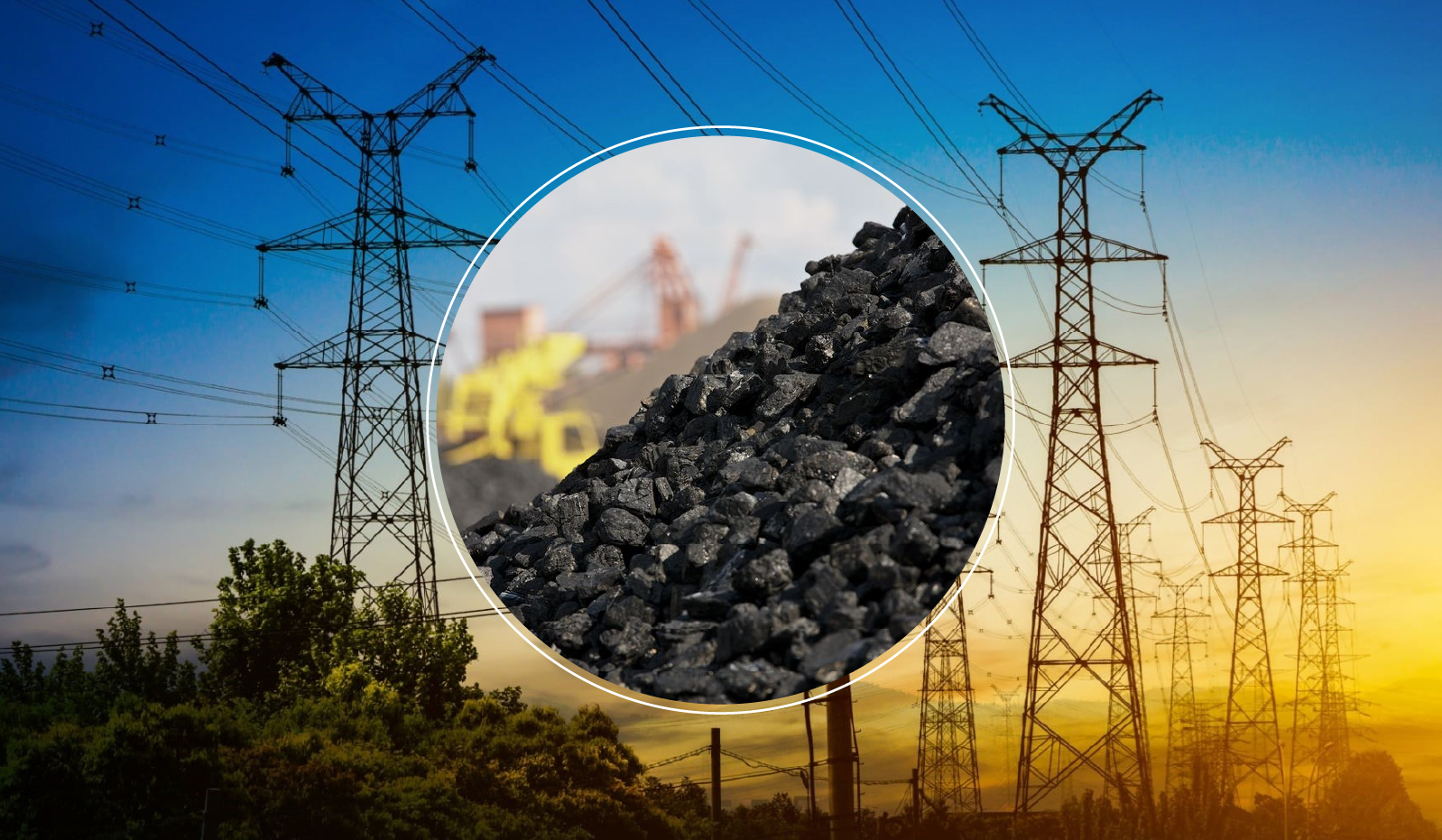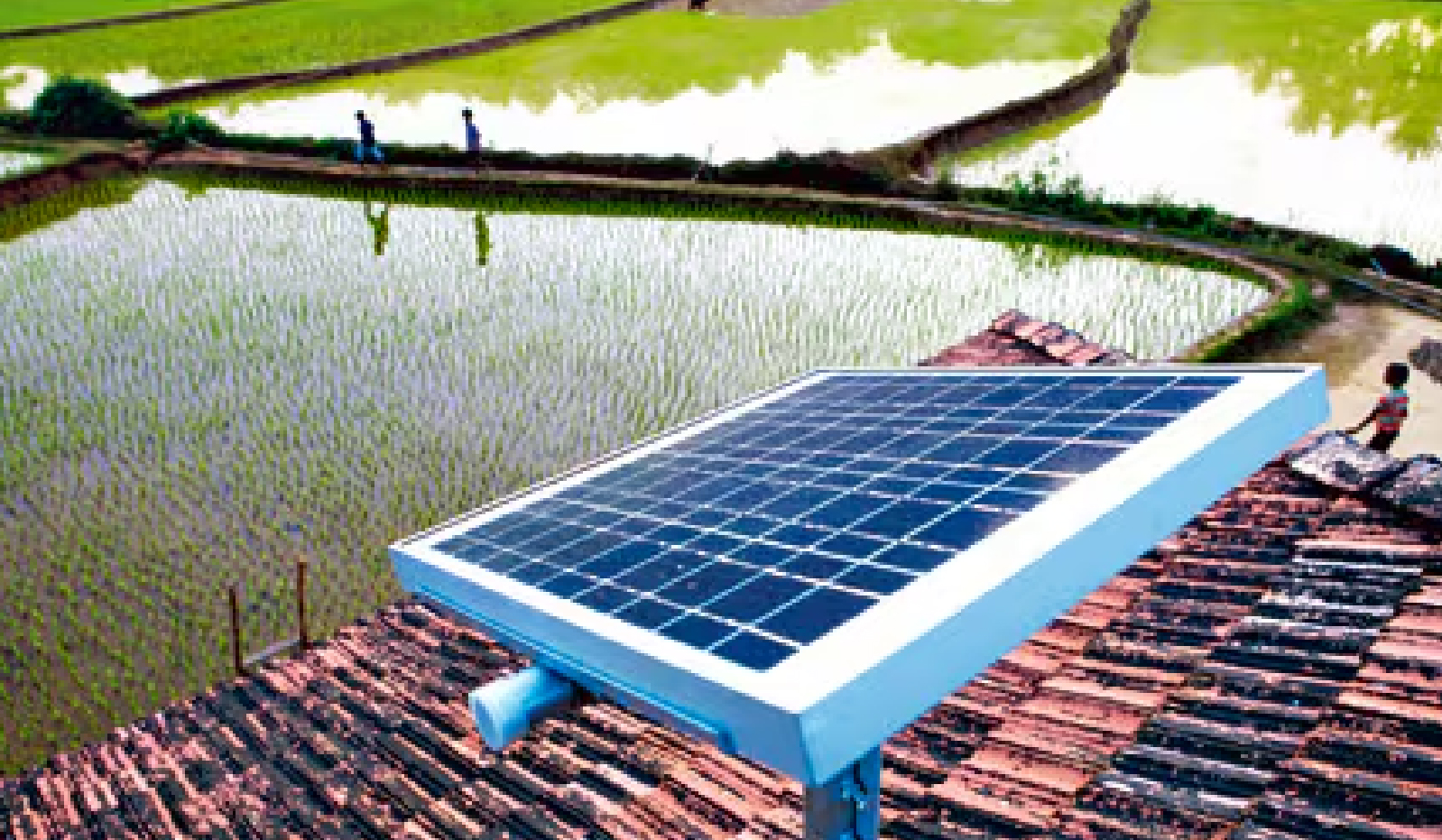National Electricity Plan (NEP) (Transmission) has been developed by the Central Electricity Authority (CEA), entrusted under Electricity Act 2003.
- Transmission system establishes the link between source of generation and distribution system, which is connected to load / ultimate consumer.
Key highlights of NEP (Transmission)
- Aim of transmitting of 500 GW of Renewable Energy Installed Capacity by 2030 and over 600 GW by 2032.
- It is aimed at meeting a peak demand of 458 GW by 2032 and will expand transmission network from 4.85 lakh ckm (circular kilometer) in 2024 to 6.48 lakh ckm in 2032.
- Inter-regional transmission capacity is planned to increase to 168 GW by 2032, from present level of 119 GW.
- Incorporates innovative elements in transmission sector such as integration of 10 GW offshore wind farms, 47 GW battery energy storage systems, and 30 GW pumped storage plants.
- Aims to address power needs of Green Hydrogen and Green Ammonia Manufacturing hubs of coastal locations.
- Covers Cross border interconnections with Nepal, Bhutan, Myanmar, Bangladesh, Sri Lanka and probable interconnections with Saudi Arabia, UAE etc.
Challenges in India’s Transmission System
Transmission losses, issues in integration with renewable sources, obsolete technology, skewed focus of regulators towards generation, cyber security etc.
Central Electricity Authority (CEA)
|






